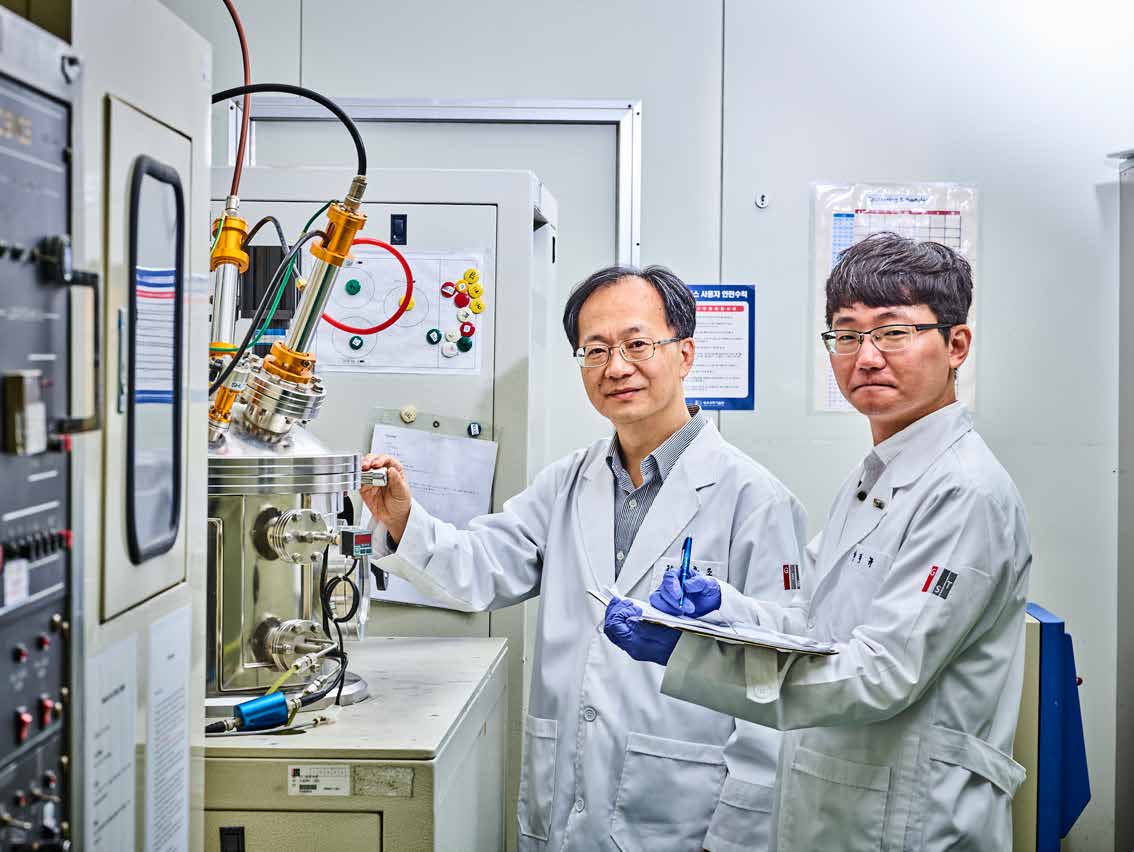YYou are in the news for developing the three-dimensional display inspired by paperfolding. We are curious about the display you developed. Could you explain the display, especially the paperfolding mechanism in more detail?
Usually, the shape of thin-film flexible electronic devices can be freely transformed, but it is difficult to control the transformation or maintain the shape because it is very thin. We developed a mechanism that can transform the device into a desired shape by attaching the flexible electronic device to a plastic substrate and selectively plasticizing the plastic substrate. Especially, we proposed a mechanism that maintains the same wiring structure as the flat structure in the three-dimensional structure by using the non-cut paperfolding mechanism for the transformation.
How did you come up with the idea of using paperfolding mechanism? What materials, technologies, and principles were applied to use the mechanism?
The paperfolding mechanism is a representative method that can transform a plane structure into various three-dimensional structures. We thought that if you apply this mechanism to flexible electronic devices, we would easily create three-dimensional structure devices. For this, we must be able to bend or fold the substrate freely. In this study, we successfully embodied a substrate that can be transformed by plasticizing ABS polymer, a material used to make LEGO, with DMF solvent to make it flexible.
Professor Heung Cho Ko was selected as one of '10 Fundamental Researchers of the Year' by the Ministry of Science and ICT last year for developing electronic devices that can be attached to uneven surfaces such as stones and tree branches. What is the secret to active research and successful management of the research team?
Research is like a marathon. It’s important to keep your pace. I think it's important to develop your own research methods and improve them. Some researchers study analytical methods a lot, while others use intuitive methods. Each person grew up in a different educational environment and has different IQ and EQ. It is important to develop your own research method. I often tell students not to copy other researches. I tend to teach students to be able to interpret the results more objectively and variously after the experiment. Even when they did not have the desired results, it is important to identify whether the experiment was not plausible from the beginning or whether there was a technical problem with the experimenter or equipment. Also, I think we should have an open mind that even the results that appear to be failures can make a new research theme.
What does the research field of GIST need for further development and to be able to contribute to the times?
With the advancement of artificial intelligence, there seems to be deep concerns in society about 'what means to be a human.' The generations that will lead the future should remember that human value is determined by how much new and creative work they can do instead of doing simple repetitive work and always try challenging work to prove their worth. I also hope GIST will establish a system that encourages students to make challenges as an educational institution to foster great future generations.
Could you tell us about your future plans?
We are using this technique to develop an optoelectronic device with a more complex three-dimensional structure. This requires multi-phase transformation of the electronic device. By applying this structure to an image sensor, we can develop a camera capable of taking photographs in all directions while maintaining low optical aberration. I think it deserves serious research.
Do you have any last words you would like to add?
I would like to recommend researchers to read various books. This is when convergence technology is important. Researchers should not limit their research to their areas but take information from various fields and think flexibly with a sense of balance. I also hope you develop a hobby that you can enjoy for a lifetime. Personally, I started studying go with an introductory book when I was in graduate school. I enjoy go sometimes with an AI player, and it gives me the strength to go on.
The professor asked, "Can't you hide the unnecessary parts by folding it in?" I did tests, folding A4 papers and found that it is possible. I thought that the no-cut folding technique could be an important mechanism for creating three-dimensional elements.”

